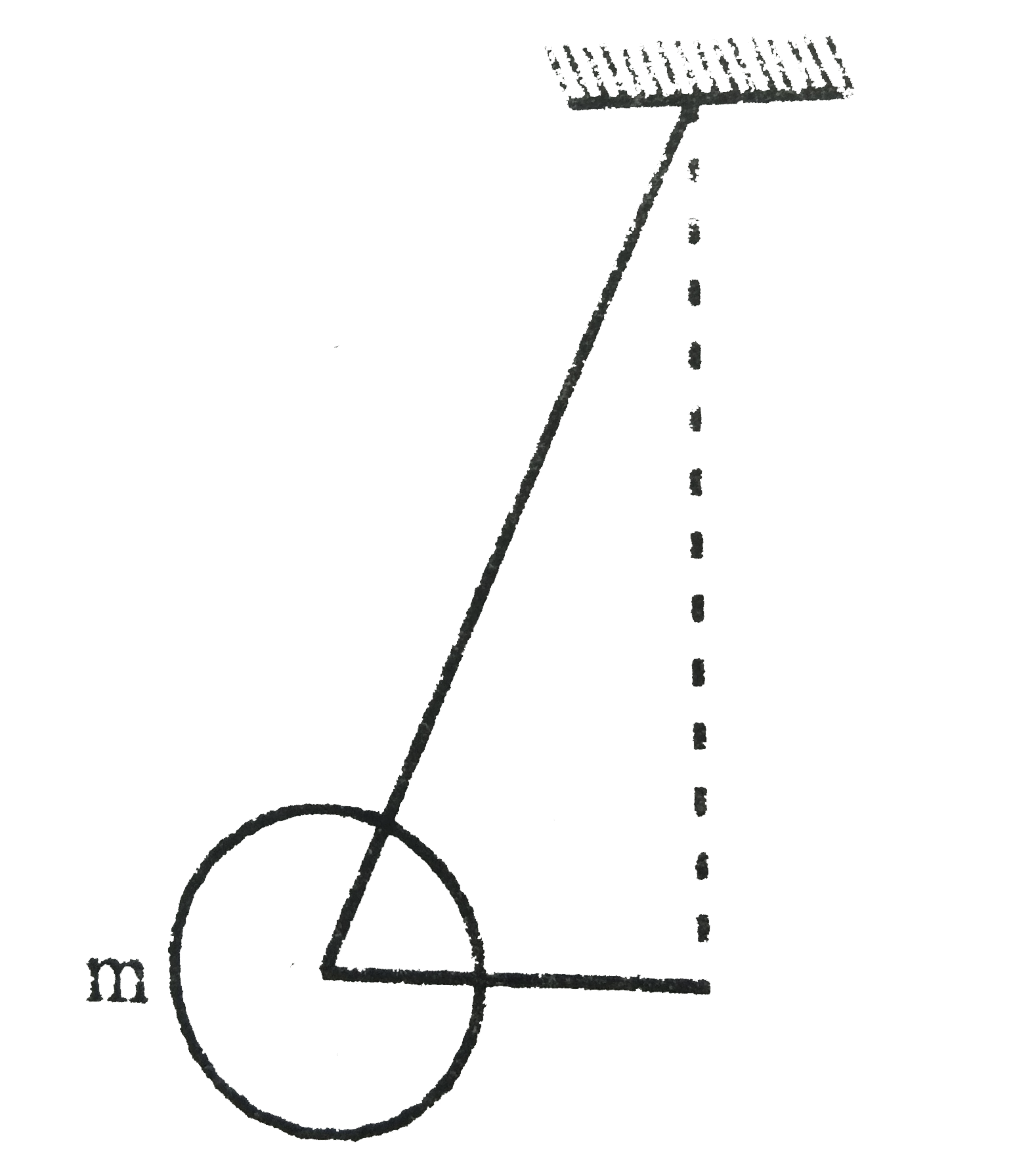Two forces each numerically equal to 5N are acting on each other and angle between them is 60∘ , then find resultant of these two vectors. Solution in Gujrati
The correct Answer is:B
Average velocity =25∫0vdt25−0=Area of v-t graph between t=0 to t=25 s25=125[(25+102)(20)]=14m/s
Topper's Solved these Questions
- BASIC MATHSBOOK - ALLEN CHAPTER - BASIC MATHSEXERCISE - Exercise-02
53 Videos
- BASIC MATHSBOOK - ALLEN CHAPTER - BASIC MATHSEXERCISE - Exersice-03
7 Videos
- AIIMS 2019BOOK - ALLEN CHAPTER - AIIMS 2019EXERCISE - PHYSICS
39 Videos
- CIRCULAR MOTIONBOOK - ALLEN CHAPTER - CIRCULAR MOTIONEXERCISE - EXERCISE (J-A)
6 Videos
Similar Questions
Two vectors →A and →B are such that →A+→B=→A−→B. Then
View SolutionThe direction of the angular velocity vector is along
View SolutionA simple pendulum executing SHM in a straight line has zero velocity at 'A' and 'B' whose distances form 'O' in the same line OAB are 'a' and 'b'. If the velocity half wat between them is 'v' then its time period is
View SolutionA ball of mass (m)0.5kg is attached to the end of a string having length (L)0.5m. The ball is rotated on a horizontal circular path about vertical axis. The maximum tension that the string can bear is 324N. The maximum possible value of angular velocity of ball (radian/s) is -
 .
.
View SolutionTwo force each numerically equal to 10 dynes are acting as shown in the figure, then find resultant of these two vectors.
View SolutionThe greatest and the least resultant of two force acting at a point are 29N and 5N respectively. If each force is increased by 3N, find the resultant of two new forces acting at right angle of each other.
View SolutionTwo forces of 5N and 7N act on a aprticle with an angle of 60^(@) between them. Find the resultant force.
View SolutionTwo equal forces are acting at a point with an angle 60^(@) between them. If the resultant force is equal to 4sqrt(3)N , the magnitude of each force is
View SolutionTwo forces each numerically equal to 5N are acting as shown in the figure, then find resultant of these two vectors.
View SolutionTwo equal forces are acting at a point with an angle of 60^(@) between them. If the resultant force is equal to 40sqrt(3)N , The magnitude of each force is :-
View SolutionThe greatest and least resultant of two forces acting at a point are 29N and 5N. If each force is increased by 3N, find the magnitude of the resultant of the two new forces when they act at right angles to each other.
View SolutionTwo forces 12N and 5N are acting at right angles to each other. Find the magnitude and direction of the resultant force.
View SolutionTwo equal forces are acting at a point with an angle of 60∘ between them. If the resultant force is equal to 20√3 N, find the magnitude of each force .
View SolutionTwo equal forces are acting at a point with an angle of 60∘ between them. If the resultant force is equal to 20√3 N, find the magnitude of each force .
View SolutionTwo equal forces are acting at a point with an angle of 60° between them. If the resultant force is equal to 30√3 N, the magnitude of each force is
View Solution
